Clean Energy Group
This report, commissioned by The Kresge Foundation, the Surdna Foundation and The JPB Foundation, identifies market barriers to deploying solar+storage technologies in low-income markets, and proposes more than 50 grant and investment opportunities that socially minded investors can use to target those barriers.
Clean Energy Group submitted these comments to the Massachusetts Department of Energy Resources in support of its consideration to adopt targets for a binding energy storage utility procurement mandate.
This fact sheet provides an overview of the McKnight Lane Redevelopment Project in Waltham, Vermont. It is the first in the nation to provide net-zero affordable housing with resilient solar+storage technology for rural tenants.
This economic analysis indicates that pairing solar PV with battery storage systems can deliver significant electricity bill savings for California affordable housing residents and property owners.
The IRS recently issued a notice, 2015-70, for comments on how the federal investment tax credit (ITC) should cover solar and storage systems. Clean Energy Group submitted comments that strongly support the eligibility of storage under the ITC.
This report concludes that with the right market structures and incentives, solar+storage systems can provide a positive economic return on par with energy efficiency or stand-alone solar.
This case study series covers several examples of fuel cells used in resilient power systems.
Despite the fact that energy storage technologies have the capacity to benefit every segment of the power system, from generation to end-use, it can still be difficult to cost effectively deploy storage across much of the U.S.
Clean Energy Group, Confluence Philanthropy, and Croatan Institute have jointly release the first ever study on the role of green bonds in foundation portfolios.





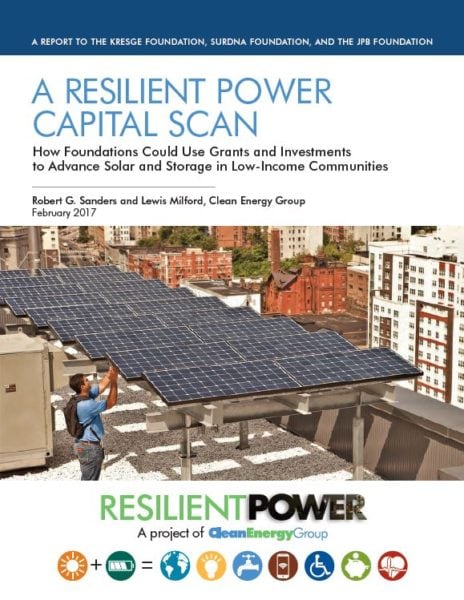
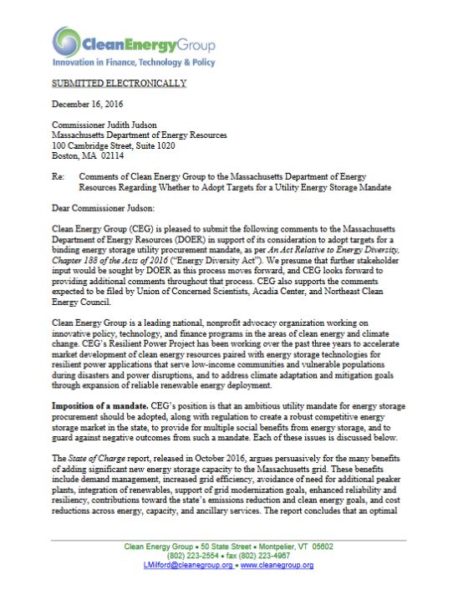
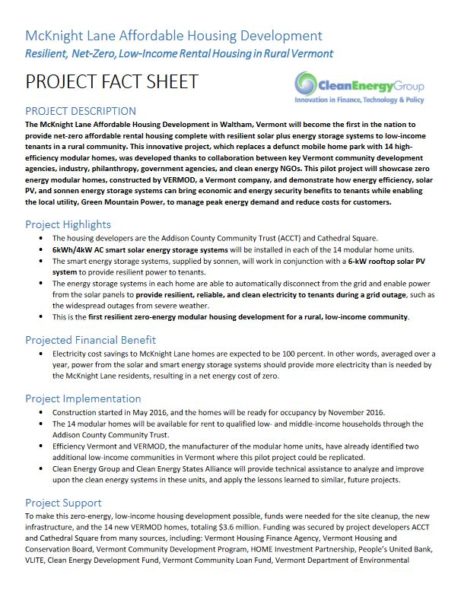
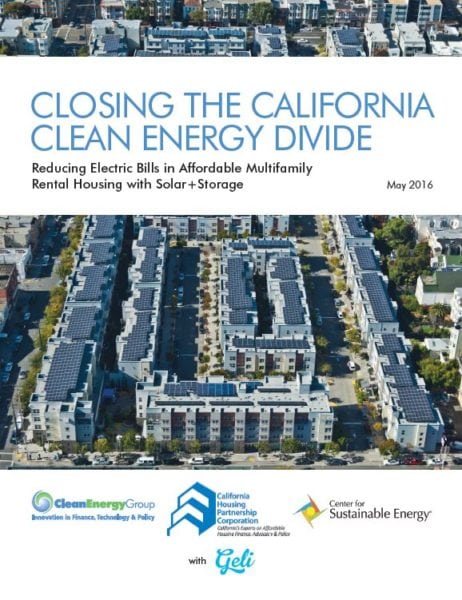
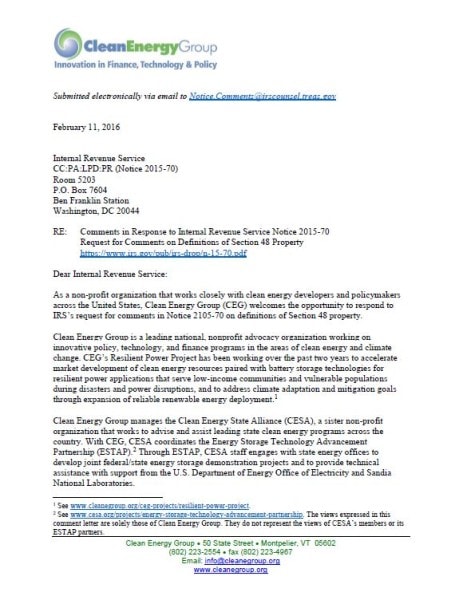
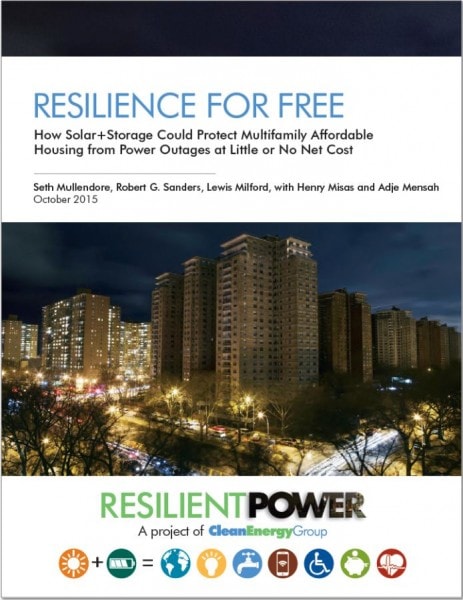

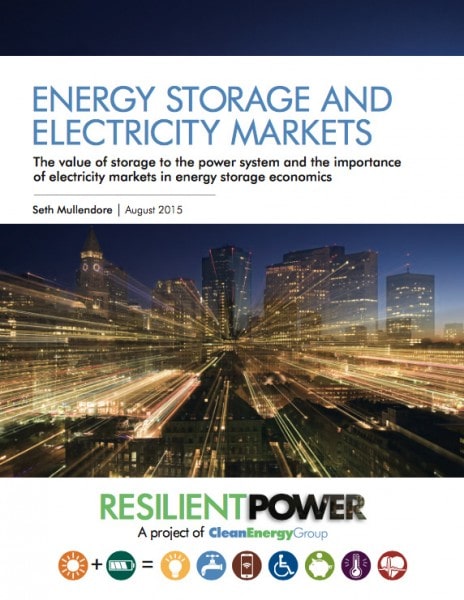
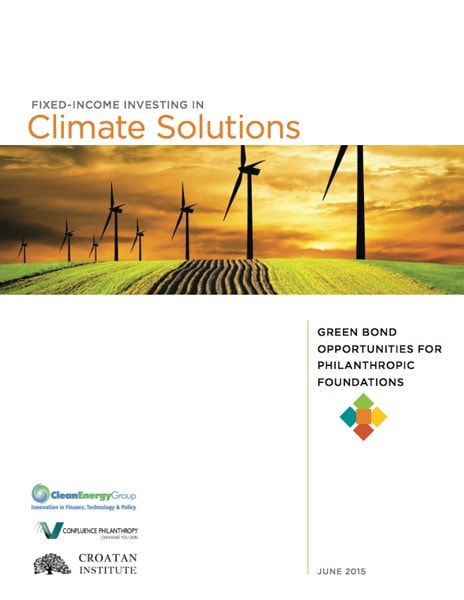
Comments to the Massachusetts Department of Energy Resources Regarding Policies to Encourage the Cost-Effective Deployment of Energy Storage Systems
Clean Energy Group, in collaboration with the Union of Concerned Scientists and Acadia Center, submitted comments to the Massachusetts Department of Energy Resources in round 2 of stakeholder comments in support of its decision to adopt targets for energy storage utility procurement,.